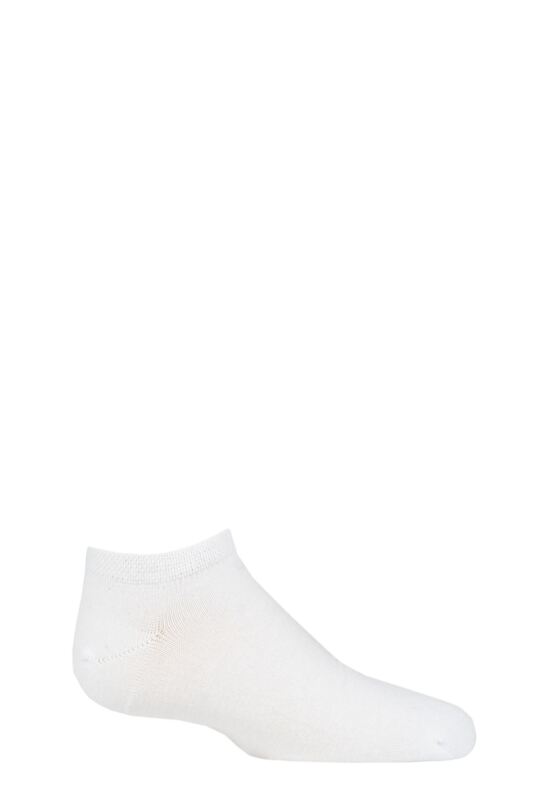

Trainer socks are ideal for teaming with your trainers whether you're off out for a stroll, headed to the shops or hitting the gym. This range of men's and ladies' trainer socks includes a range of styles in beautifully soft and natural bamboo, which is cooling, breathable and has moisture wicking and antibacterial properties.


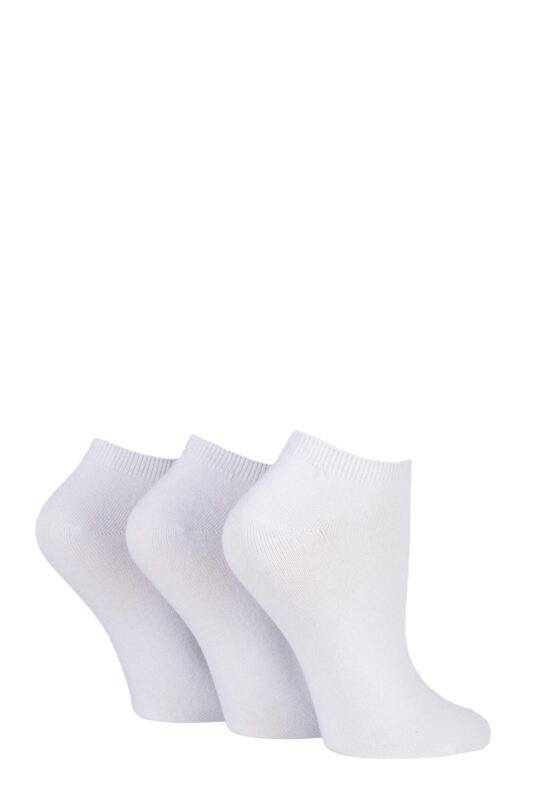



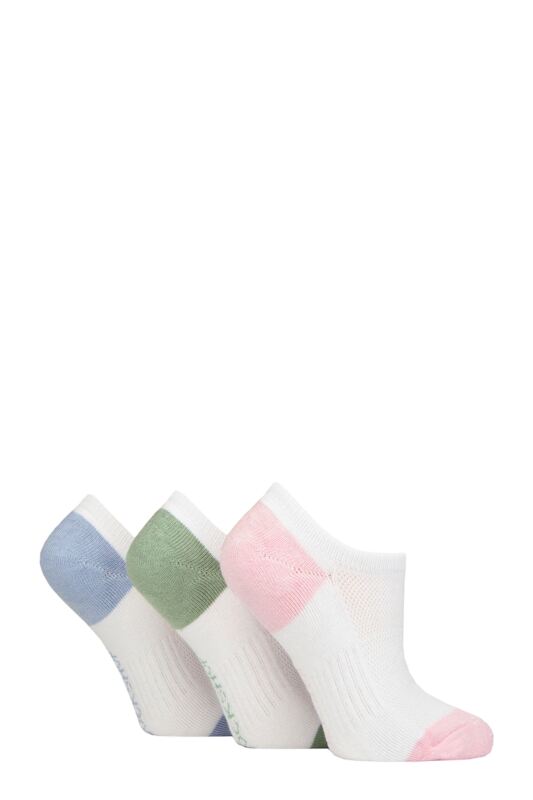

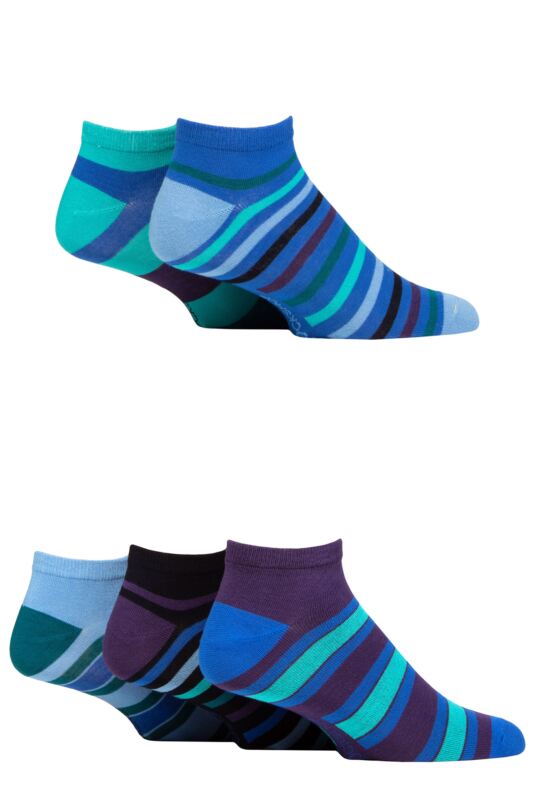





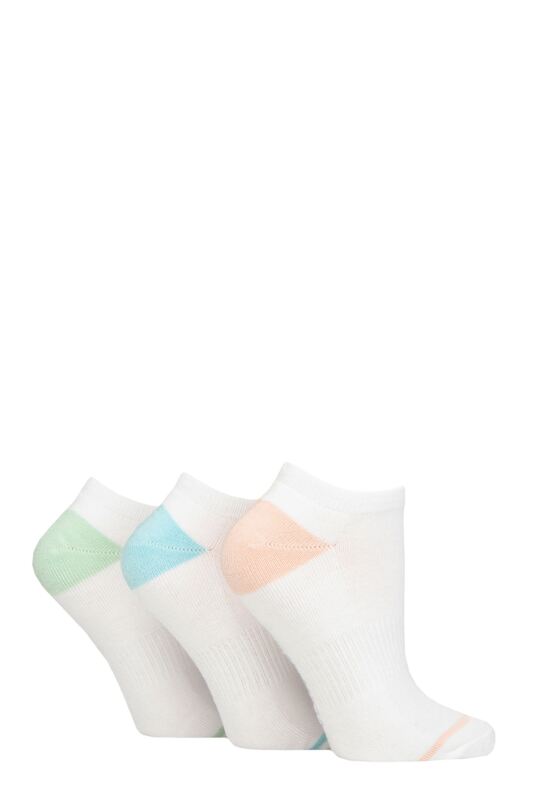





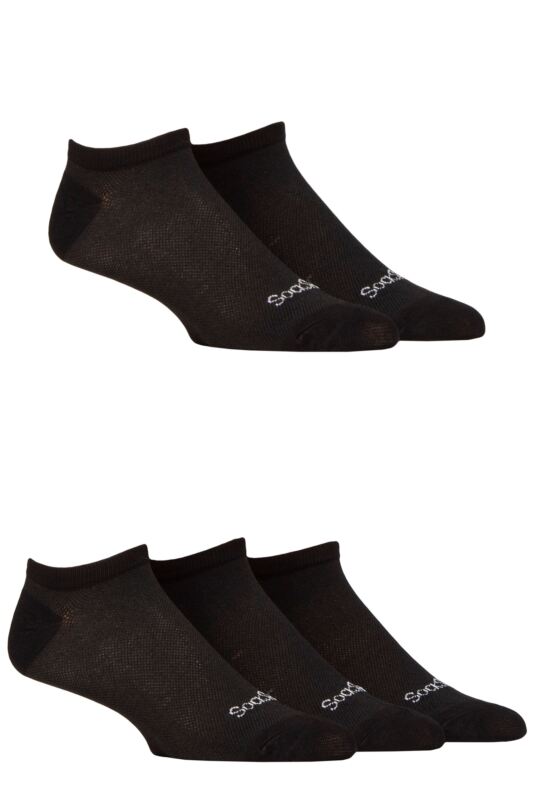

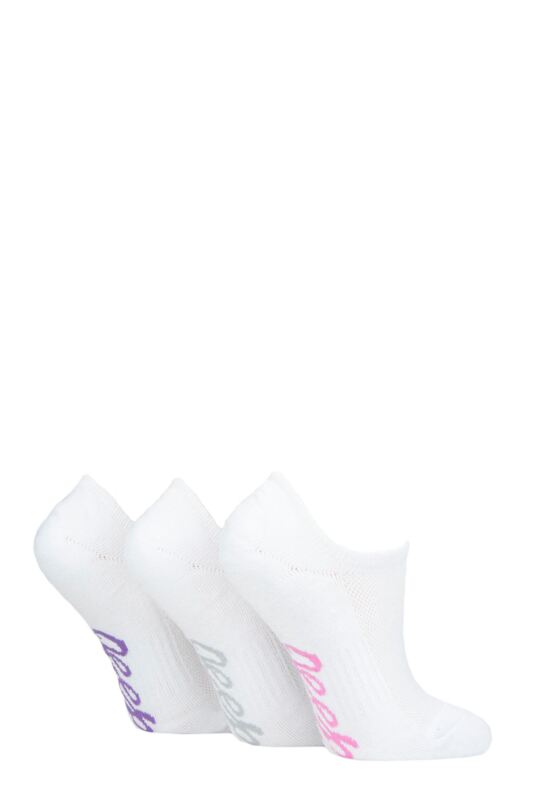

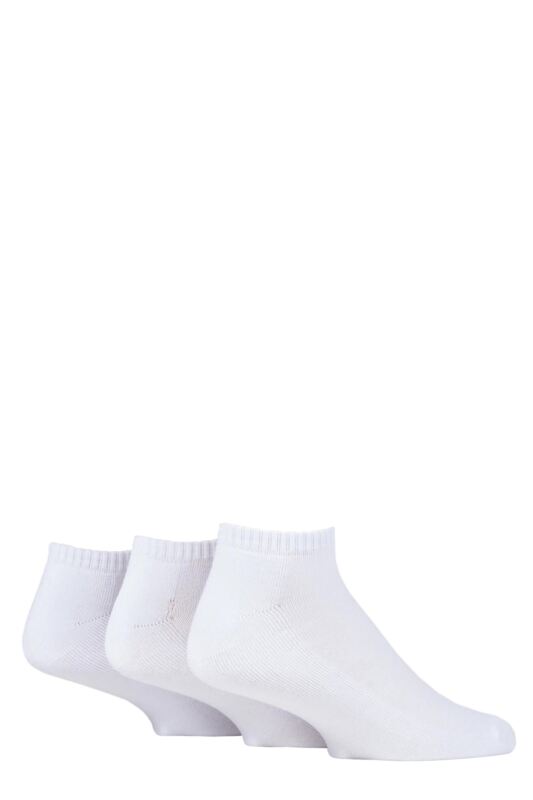





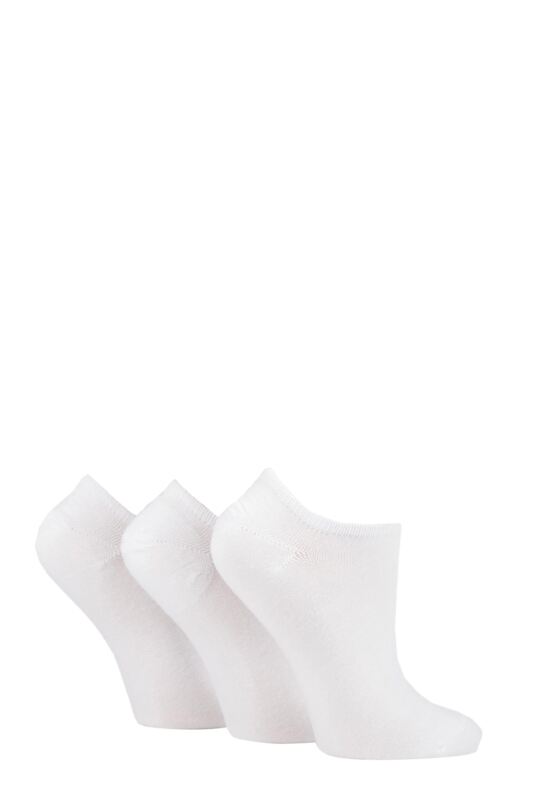



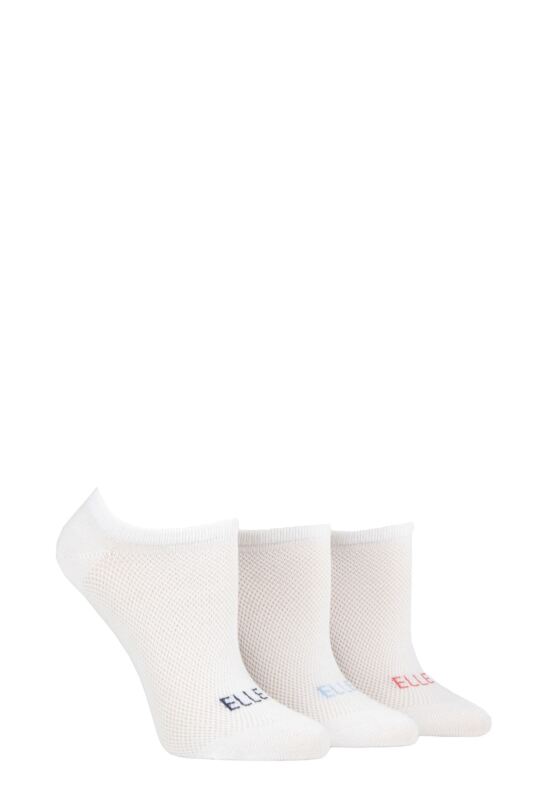

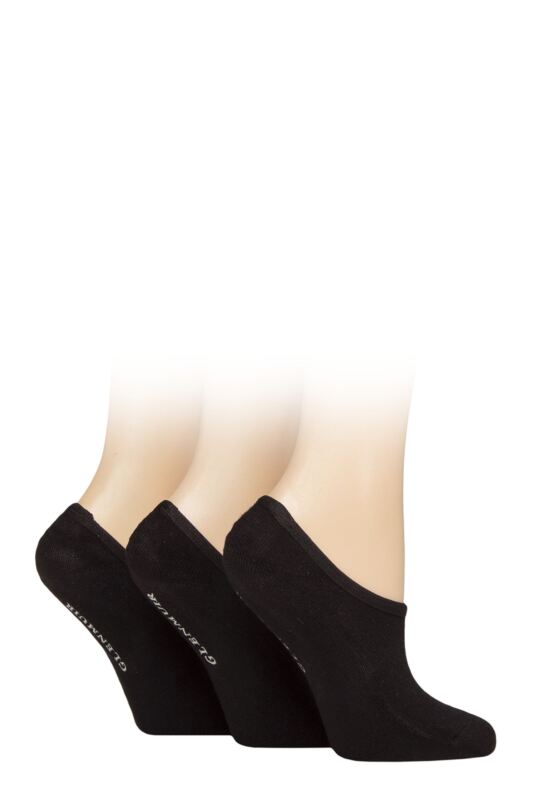





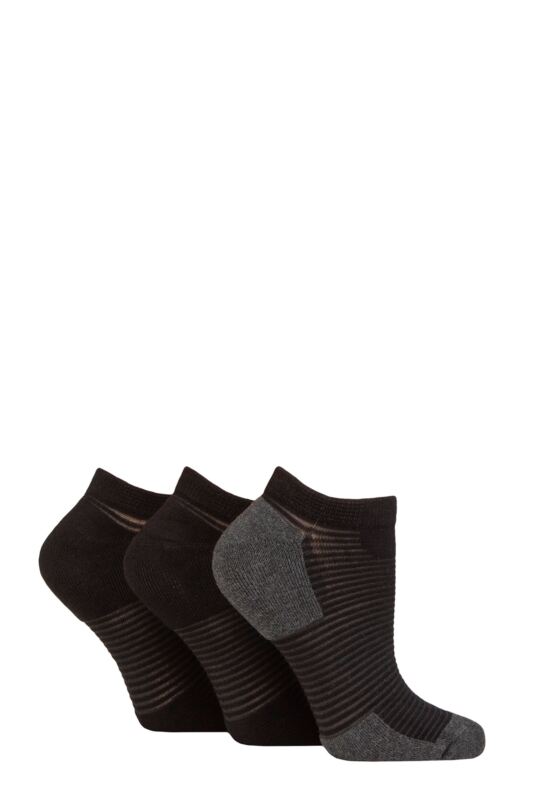

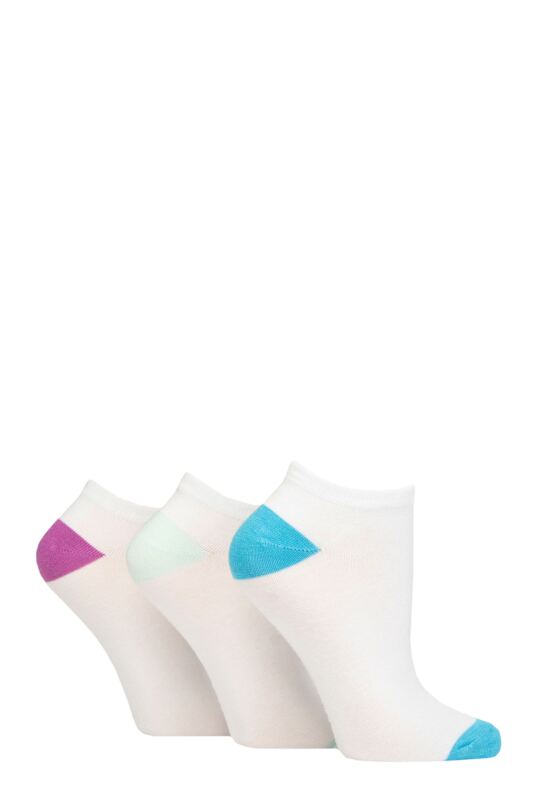

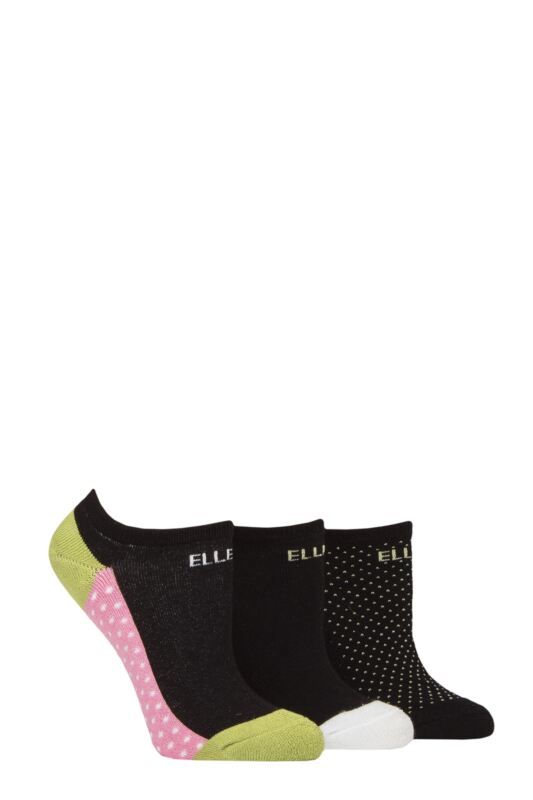



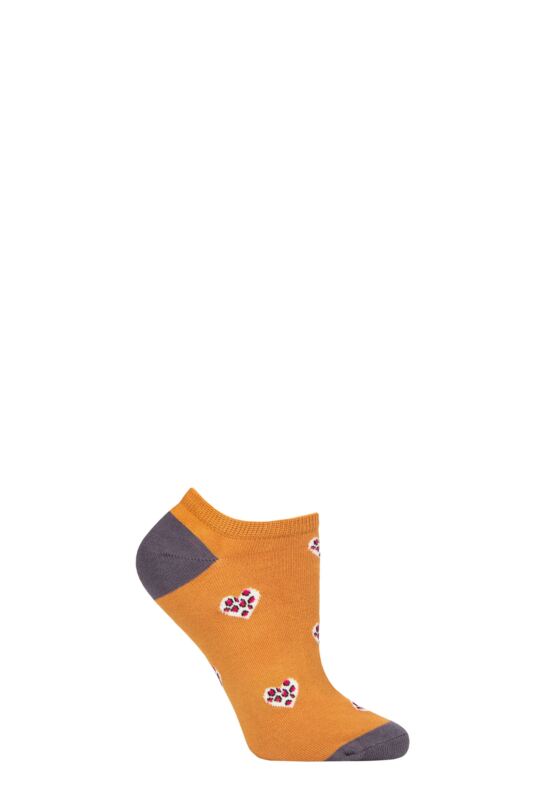

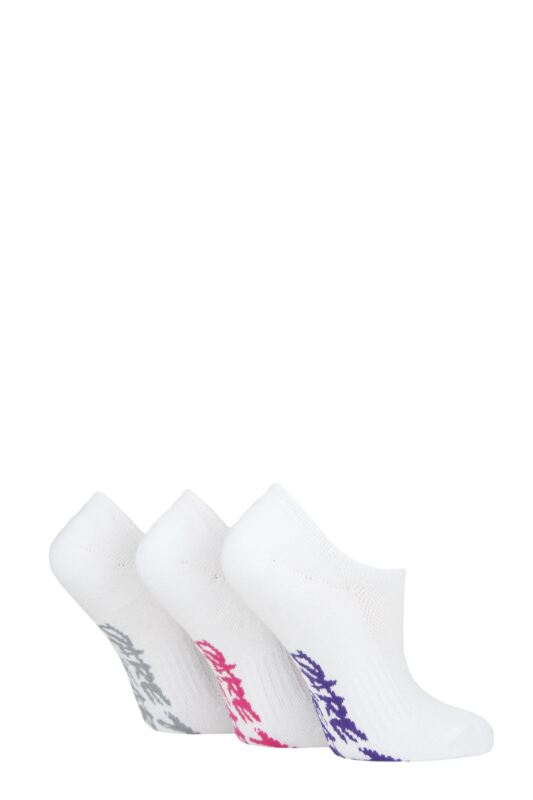

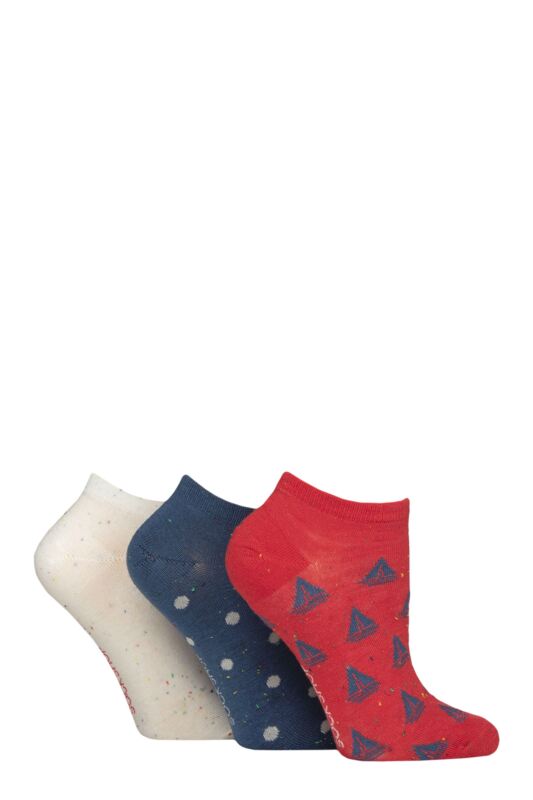



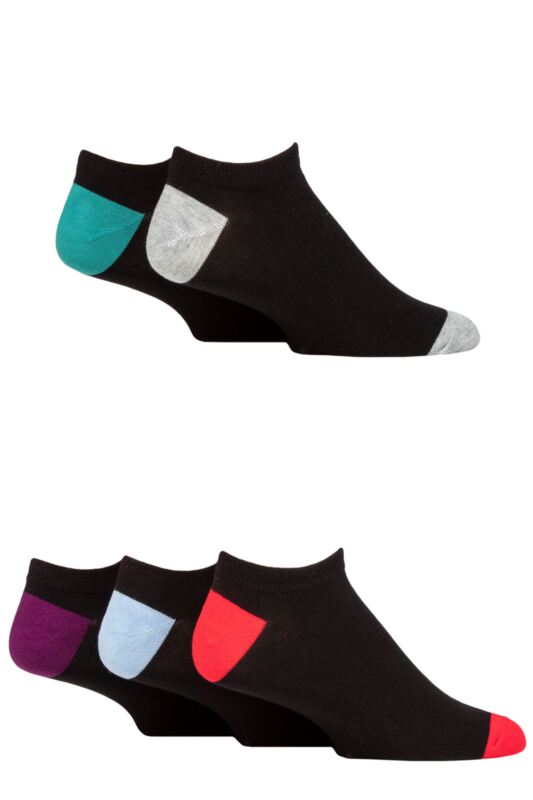

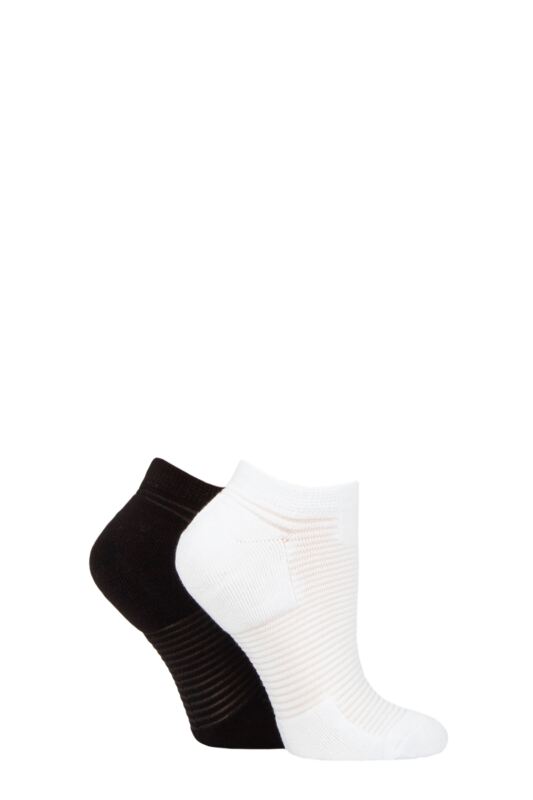

Wearing bamboo socks? Cool, man!
Bamboo is cool, in many ways. Trainers are generally hot, sweaty environments, so wear trainer socks in bamboo that are up to the task. Bamboo trainer socks, and the bamboo fibres they are rich in, naturally thermoregulate, meaning they can control how warm your feet get by the fibres expanding and contacting as they react to temperature, and that keeps your feet at a constant even and cool temperature.
Soak up that sweat
Bamboo socks can control moisture too, defying damp by absorbing sweat from the skin then wicking – breathing it out to dry quickly. For men and ladies alike, trainer socks in bamboo offer a huge plus in the dry feet stakes!
Get fresher-smelling trainers with bamboo
You might love trainers. but we bet you don’t love the smell! Low on the ankle, and even lower on odour, bamboo trainer socks are naturally antibacterial and so, they’re anti-odour too, because foot odour is caused by bacteria. You stay fresh, and it helps your trainers stay fresh as well.
Don’t get irritated by your trainers
If your skin is sensitive, prone to itching and irritation, wearing bamboo trainer socks help definitely help because of bamboo’s naturally rounded, non-irritating fibres. It’s one of the few natural fibres that is hypoallergenic.
Eco-friendly? So is bamboo!
Just as bamboo socks benefit your feet, bamboo growing has benefits for the environment. Bamboo is a sustainable resource, able to grow quickly and do it using less of valuable field space than crops such as cotton. Bamboo uses less water too because it’s efficient at storing it, which is helpful for drought-challenged areas. The planet helps the atmosphere, by converting gases and releasing 35% more oxygen than an equivalent area of trees.